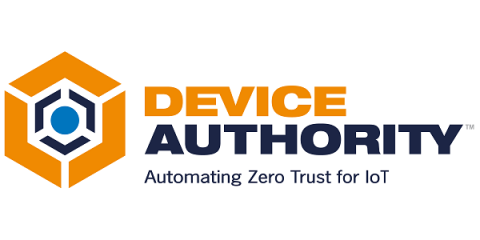Enhance Threat Detection and Response with Intel DNS
ThreatQuotient and Infoblox recently hosted a webinar, where they demonstrated how the combination of DNS Intel and the use of a Threat Intelligence Platform (TIP) help to improve threat detection and response capabilities. Infoblox specializes in DNS Intelligence where their internal experts analyze, process and qualify DNS intelligence (analyzing around 70 billion DNS requests). The results of these analyses provide customers with an enriched, qualified and reliable source of information.











